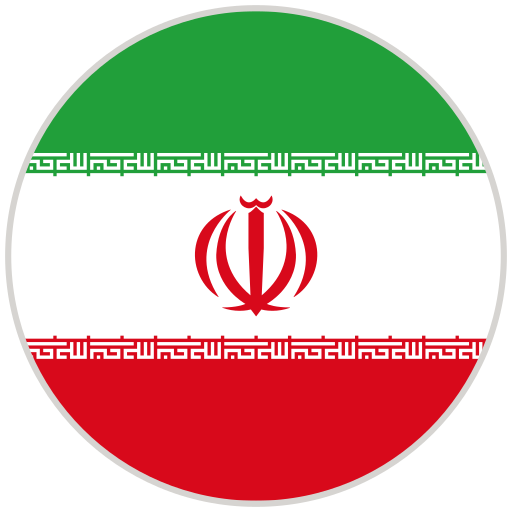Achaemenid Period
The Splendor of Achaemenid Attire: A Symbol of Power and Unity
In the grandeur of the Achaemenid Empire, clothing was more than mere fabric it was a mirror reflecting art, power, and the unity of diverse cultures. Achaemenid men wore simple yet practical tunics, reaching the thighs or knees, secured with belts and paired with loose trousers a legacy inherited from the Medes designed for both horseback riding and battle.
One of the most distinguished garments of the era was the Candys , a formal ceremonial robe with pleated sleeves, crafted from luxurious fabrics that radiated the splendor and majesty of the royal court. Women adorned themselves in long, flowing garments, richly decorated with intricate geometric patterns and natural dyes, complemented by exquisite gold and silver jewelry, embodying both grace and elegance.
Men’s hats, made from felt or fine fabric and sometimes embellished with gold ornaments, were not just accessories but powerful symbols of Iranian identity and authenticity. The reliefs of Persepolis immortalize these garments with exceptional detail, capturing every fold and motif as if each piece of clothing tells a story of art and culture.
Achaemenid attire, influenced by a blend of cultures while firmly preserving its Iranian essence, was not only designed for protection against the elements but also stood as a testament to power, beauty, and the empire’s remarkable unity in diversity. It remains an enduring symbol of a civilization whose legacy continues to inspire the world.


